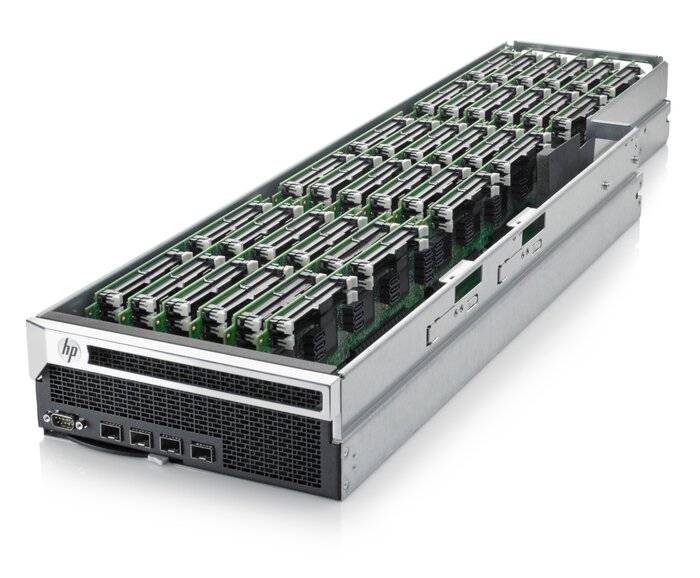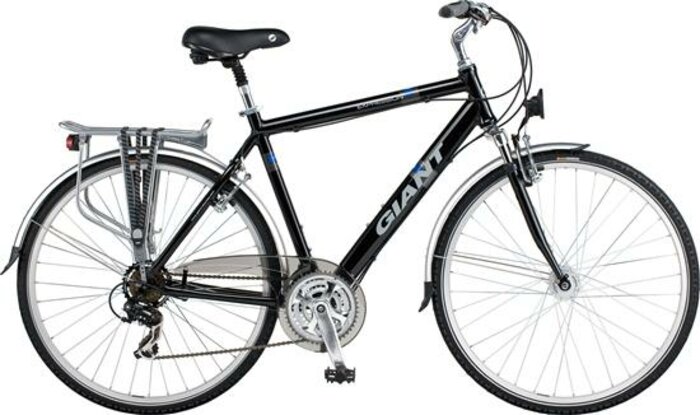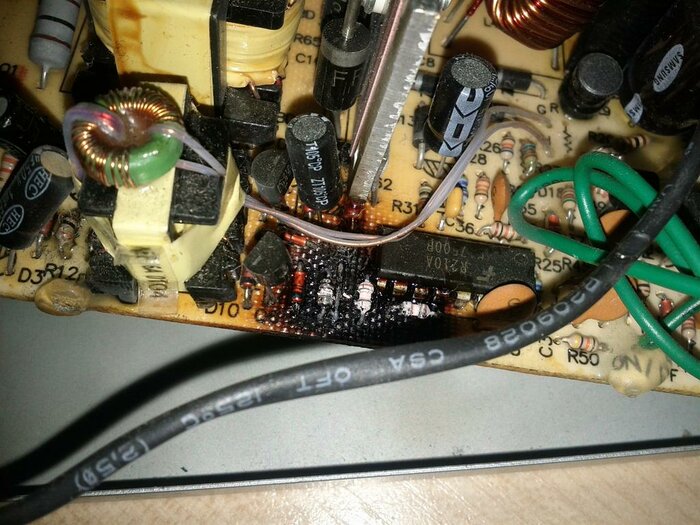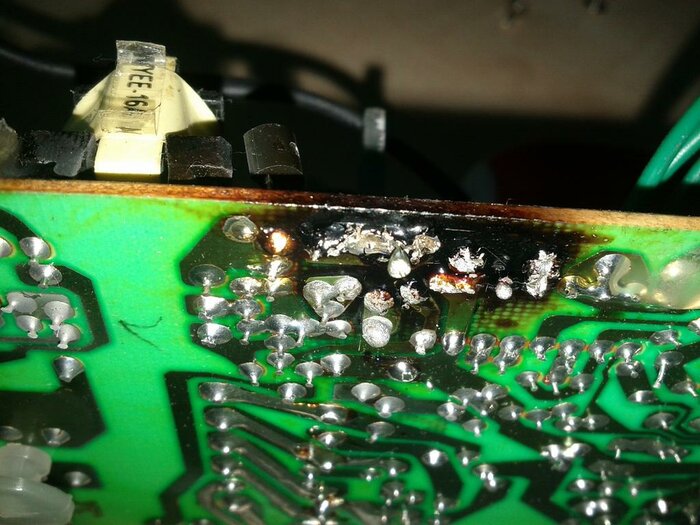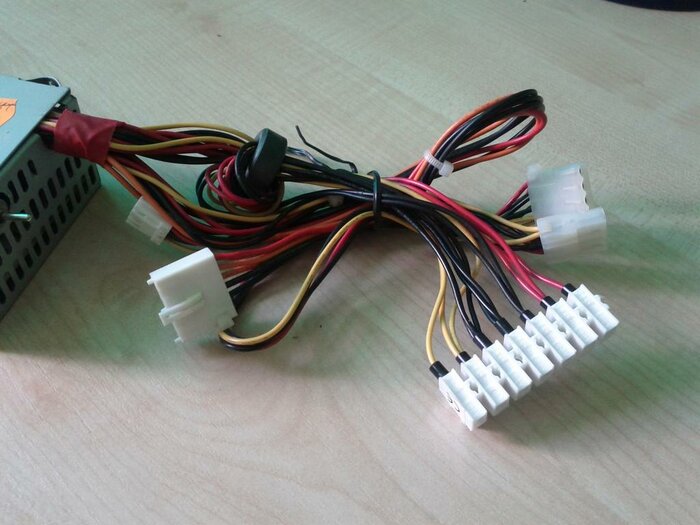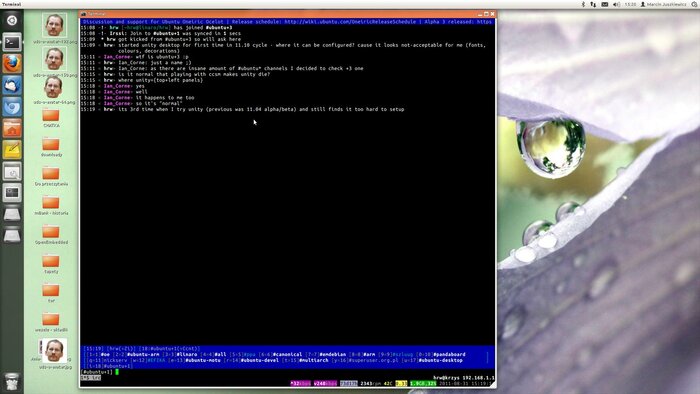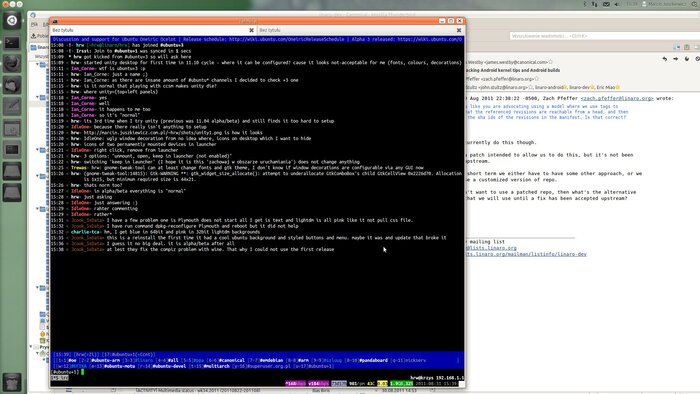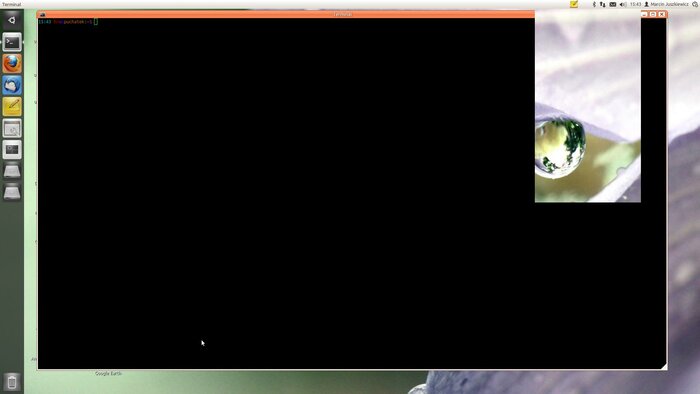During 20-21 October there was a local conference about Open Source projects. There were interesting talks and also some not so interesting ones as usual.
On first day we had a presentation about Minix — what it is, how it was done, what for etc. Nicely done cause there were many students here and some of them even knew what Minix is.
Arch Linux was described by one of ‘trusted users’ (that’s how they name contributors). We got information what Arch is, what it supports, how development is made and why presenter thinks that packaging is easier then Debian one ;) Have to discuss more about it one day with him.
Talk about Celery was interesting. What it is? Let me quote website:
Celery is an asynchronous task queue/job queue based on distributed message passing. It is focused on real-time operation, but supports scheduling as well.
Presentation shown it using video conversion as example. First set of ugly workarounds used by people in PHP code and then how to use Celery to make the same in nicer way.
Second day started with presentation about Sonar code analysis tool and it’s role in software development. According to presenter it allowed them to cut code review times by not having to deal with many issues (like code duplication for example).
The most interesting one was about using open source applications in local government. From Novell NetWare with mix of stations running MS DOS, MS Windows 3.11/95/98/Me/2000 with mix of applications to Debian/Mandrake based servers with one additional MS Windows server for Win32 applications. From commercial applications to open ones. Lot of movement was done due to low budget but also to increase security by having systems with good security updates. Also licensing issues with Microsoft Office applications when each year combinations of components were available or not for separate buy (accounting office does not need Powerpoint but require Excel for example).
Education of users was mentioned — teaching users how to convert documents before sending them to outside people/government offices etc. Also dealing with users often used to use pirated software which do not understand that if there is no license available then they will not be able to get what they think they need.
Resulting system got documented and installed in few local public schools. Structure was shown and described how it works from intruder detection/blocking, content filtering, hardware monitoring etc. Why no SSH from outside — VPN as the only way to access internal network. Long list of components was presented with description why each of them was used — nice part which got some comments from people with suggestions of changes and many questions were asked.
Summary of talk: lower costs, less licensing problems, stability, security updates, better control and scalability. Cons? more work on configuration, users need education to use new tools.
There was also talk about using WordPress 3.x as CMS. Interesting for me as I am using it for many years to handle this and few other services. Presenter told that sometimes it is hard to convince people as they are thinking of WP more like on blog platform rather then framework for running websites. He also presented few of his creations. During discussion later I got few nice suggestions on plugins which I use here and replaced few of them with different ones.
In overall conference was good. Some talks resulted in discussions, got some new contacts. Hope that there will be next edition.
